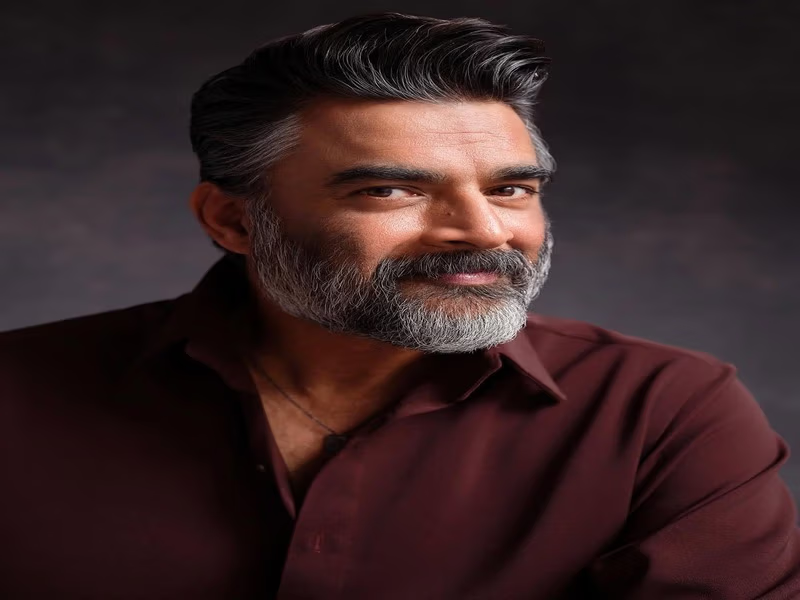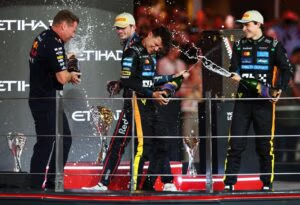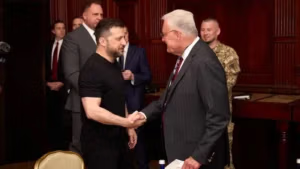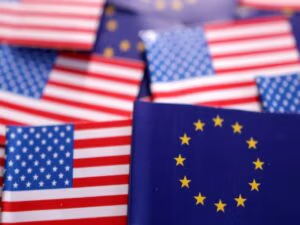Actor R. Madhavan has weighed in on the ongoing Hindi-Marathi language debate, sharing that he has never personally faced any linguistic barriers in India. Drawing on his upbringing and diverse career, he emphasized that language has never limited his opportunities or experiences.
Speaking to IANS, the ‘Rehnaa Hai Terre Dil Mein’ actor said, “No, I have never experienced it. I speak Tamil. I speak Hindi. I have also studied in Kolhapur. I have learnt Marathi also. I have never had any problems due to language. Neither because of knowing it nor because of not knowing it.”
Madhavan, who was raised in Jamshedpur (then in Bihar, now in Jharkhand), has worked extensively across the Tamil and Hindi film industries. His comments come amid a rising public debate around language preferences and regional identity in Maharashtra.
Background Of The Controversy
The language row intensified in April 2025 after the Maharashtra government directed state-run primary schools to introduce Hindi as a third language, in addition to Marathi and English—the directive aligned with India’s national three-language policy, which aims to promote multilingual education.
However, the move triggered backlash from some regional groups. Tensions further escalated when videos surfaced on social media showing alleged MNS workers confronting non-Marathi speakers, prompting concerns about linguistic discrimination.
Celebrity Reactions To The Debate
At a recent press event for “Son of Sardaar 2,” actor Ajay Devgn addressed the topic with a popular dialogue from his film, “Aata Majhi Satakli,” signaling his disapproval in his signature “Singham” style.
Singer Udit Narayan also shared his views, urging people to value every language spoken in India. He told IANS, “We live in Maharashtra, and it is my ‘Karma bhoomi’ (workplace). So, the language here is also important. Along with that, all the languages in our country are equally important.”
With celebrities voicing support for linguistic harmony and mutual respect, the conversation continues to resonate in India’s culturally diverse society.
–Input IANS





